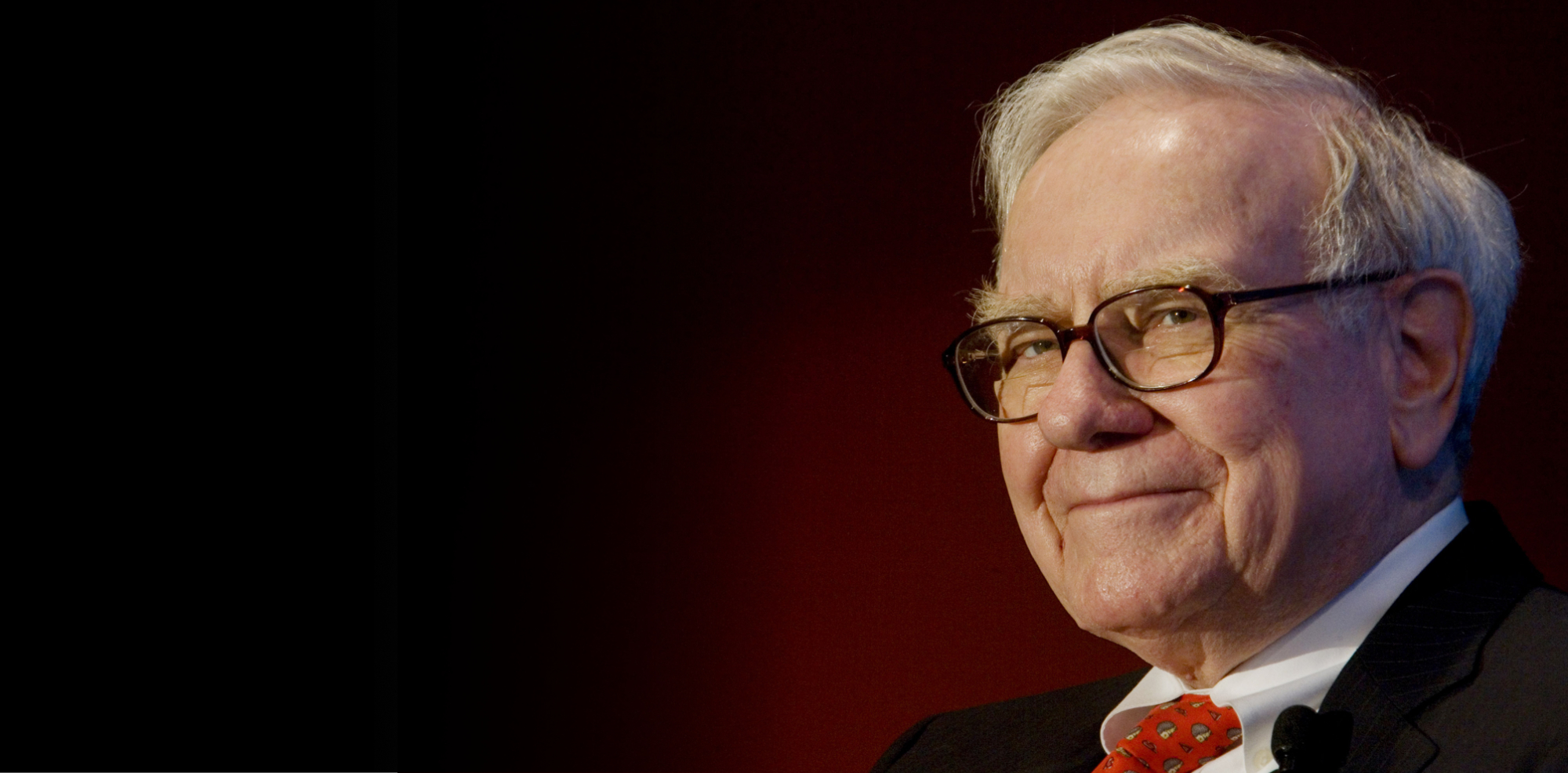Warren Buffett is known as a value investor. He’s been very successful so I looked at the fundamental indicators and metrics of his most profitable purchases to see if the metrics I use would have led me to purchase the stocks Buffett did.
What I found was that the six metrics I use when choosing a value stock are consistent with Buffett’s purchases.
By way of background, here are the six Value Investing Metrics I use:
- Price to book of less than 1 (can go up to a PB of 1.5)
- Price to earnings less than 15
- Positive Cashflow
- Positive Earnings per share
- Return on equity greater than 8% on average per year
- Dividend Yield
Wells Fargo (WFC)
Total return: 9,417%
Buffett started buying Wells Fargo stock in 1990. At the beginning of the year, the P/B was 1.668 and by the end it was 1.379, for a rough estimated P/B ratio of 1.5. Using similar tactics We find the metrics for Wells Fargo around the time Buffett was buying up shares:
- Price to book: 1.5
- Price to earnings: 8
- Cashflow: 1.668 billion
- Earnings per share: $.3450
- Return on equity: 19.52%
- Dividend Yield: 4%
Source: ycharts.com
PetroChina (PTR)
Total return: 720%
Buffett bought this Chinese stock in 2002-2003 and sold in 2007.
- Price to book: Data not available
- Price to earnings: 6
- Cashflow: 1.668 billion
- Earnings per share: $3
- Return on equity: 15.41%
- Dividend Yield: 7.5%
Fundamentals in 2007:
- Price to book: 3.194
- Price to earnings: 17
- Cashflow: 26.83B from operations
- Earnings per share: 10.64
- Return on equity: 23%
- Dividend Yield: 3%
It’s interesting that the price to book was relatively higher than a traditional value stock. The dividend yield had fallen and both cashflow and earnings per share had expanded tremendously.
His decision to sell PTR would likely also have factored in management, industry climate and political optics. To that last point, he may have wanted to pivot from an oil company to an electric car company because of the long term prospects and that it is more consistent with what democrats in the US find acceptable.
Source: ycharts.com
BYD (BYDDF)
Total Return: 671%
Buffett bought this Chinese electric car maker in 2008. I had trouble finding historical stats for BYD. The following BYD stats are based on this article and the 2008 financial report.
- Price to book: 2.5
- Price to earnings: <8
- Cashflow: $273 million (converted from RMB1,816,362)
- Earnings per share: $.08 (converted from RMB0.50
- Return on equity: ???
- Dividend Yield: none in 2008 but did pay a dividend in 2007
Source: http://bydit.com/userfiles/attachment/2009042009130534224.pdf
The price to earnings ratio is certainly attractive and the company is cashflow positive. The price to book is rather rich but a large factor in this purchase was probably the endorsement of Buffett’s right hand man, Charles Munger:
In 2008, Munger sold Buffett on Chinese car battery company BYD by saying that its CEO, Wang Chuan-Fu, was quite obviously a descendant of both Thomas Edison and Jack Welch. He solves problems like Edison and gets things done like Welch, Munger said. “I’ve never seen anything like it in my life.”
Source: http://fortune.com/2014/10/31/warren-buffett-best-investments/
Coke (KO)
Total Return: 1,600%
Buffett is famous for owning Coke. He started buying the stock in 1987. I found an insightful article on why Warren Buffett bought Coke in 1987. Coke wasn’t a value stock by traditional metrics.
Coke was selling around 15 times earnings and I believe somewhere around 5 times book value at the time.
Source: http://basehitinvesting.com/mohnish-pabrai-heres-why-buffett-bought-coke-ko-in-1987/
Buffett instead looked at the value of the brand and determined that it would cost $100 billion to build a similar brand and that Coke was undervalued since the whole company could be purchased for $20 billion.
He also started buying it in the same year as the 1987 stock market crash, putting into practice his adage: “We simply attempt to be fearful when others are greedy and to be greedy only when others are fearful.”
It’s a great example of how the value investing metrics are important, you can still be successful without them if there is an overarching larger reason why the stock is relatively undervalued.
Berkshire Hathaway (BRK.A)
Total return: 1,745,300%
Buffett bought this new england textile company in 1965 and used it as a holding company by the same name. I found some stats in this article.
- Price to book: .76
- Price to earnings: 7
- Cashflow: yes
- Earnings per share: Start of year: $3.7
- Return on equity: ???
- Dividend Yield: yes
A Proven Strategy
Value investing is a proven strategy. While there are few guarantees in life or investing it is no coincidence that one of the world’s most famous investors and wealthy investors is a value investor.
For a current list of the value stocks I like, click here.

